
More information is emerging about the Russian withdrawal from West Bank of the Dniepr River in #Ukraine. This will have a range of impacts on the war. 1/25 🧵
https://twitter.com/wartranslated/status/1590368333727424512
2/ This thread builds on my earlier one that contained initial observations about a potential Russian withdrawal. 

3/ The first order issue - is this real or possibly part of a deception campaign to draw the Ukrainians into a fight the Russians have prepared for? My sense is that it is the real deal. The Russian position is very difficult to sustain in #Kherson.
4/ The Ukrainians have fought hard, and undertaken long range strikes and psychological operations, to make the Russian position on the West Bank of the Dniepr untenable. They will also ensure the withdrawing Russians are attacked where possible. 
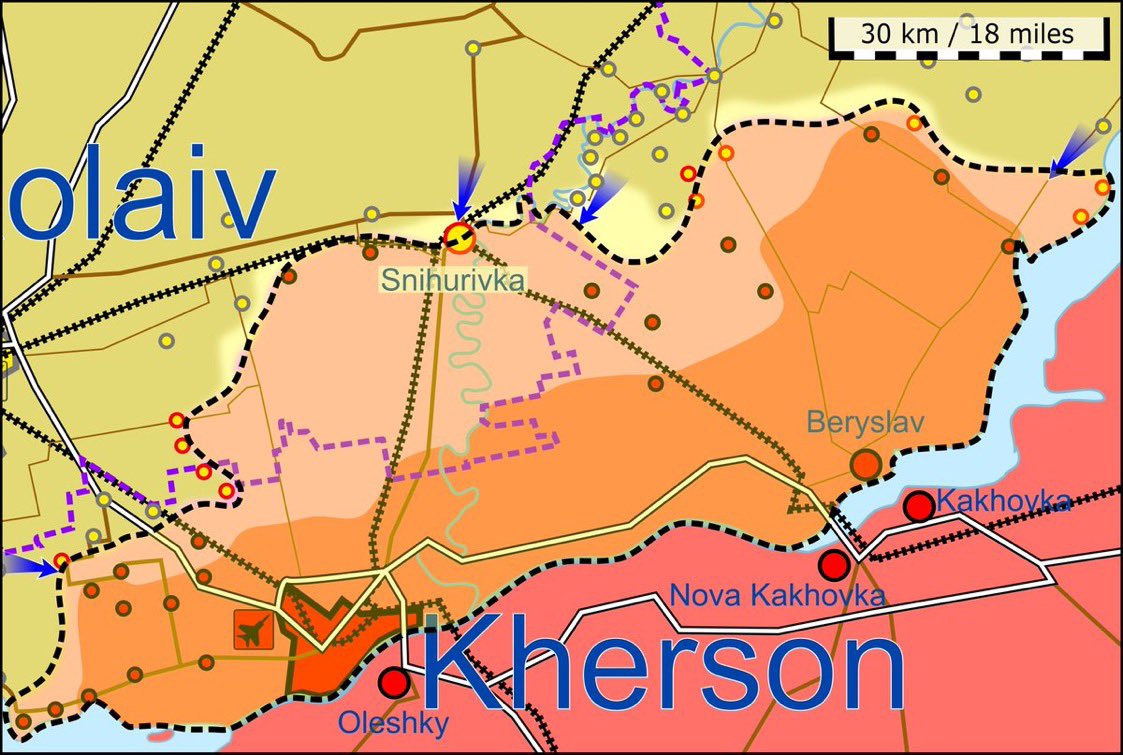
5/ What about Ukraine’s next steps? It is unlikely the Ukrainians will be undertaking a large scale crossing of the Dniepr to the eastern bank anytime soon.
6/ Not only would this be a massive, deliberate operation, it would attack into a dense series of Russian defensive zones. 

7/ Consequently, the Ukrainians - who prefer to attack indirectly, attrit enemy logistic and C2, and corrode the Russians from within - will look for other opportunities in other areas to clear the Russians from the south.
8/ Of course, Ukrainian deep strikes will continue. Their recapture of Kherson will expand the area in the south that systems like #HIMARS can reach for shaping and strike activities in support of future offensives. 

9/ A second issue: this halts any future Russian designs on Odesa, but puts the Ukrainians a step closer to recapturing the south. Capturing Kherson is also an important enabling operation for a future campaign to recapture Crimea. 

10/ A third observation: while this announcement was made by the military, ceding territory is political. There is no way this would have occurred without Putin’s sign off.
11/This is evidence that Putin can recognise reality, and can make rational decisions (as @MaxBoot describes here). But it is also evidence he is setting up the military as the fall guys for the Russian debacle in #Ukraine. washingtonpost.com/opinions/2022/…
12/ Fourth, the pace and organization of any Russian withdrawal - given this should be a deliberate activity - will tell us much about the morale and capability of the Russian forces in the south.
13/ As I highlighted in this previous thread, conducting a tactical withdrawal in good order is a very difficult undertaking, even in the best of circumstances - 
https://twitter.com/warinthefuture/status/1584043380706660353?s=61&t=J_yrCdZS1OV24VLeFbDgUw
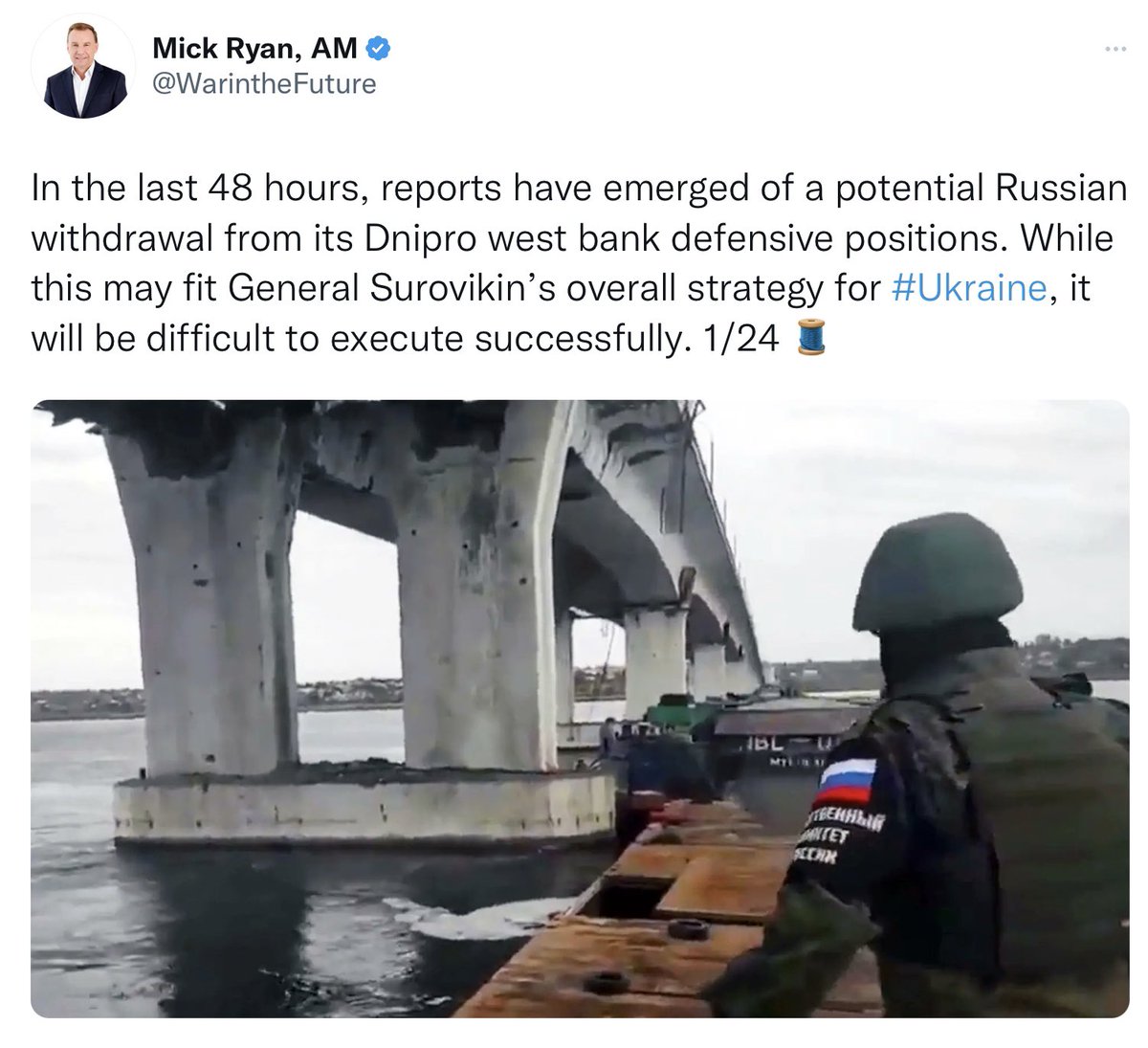
14/ And, given the time the Russians have had to prepare this withdrawal, they may not be leaving behind as much equipment & munitions as they did in the Kharkiv offensive. It may not be a bonanza of recovering enemy equipment for the Ukrainians.
15/ A fifth issue is that the Russians may accompany this withdrawal with stepped up strategic strikes elsewhere in Ukraine. While their own inventory of long range strike weapons is much smaller, they are seeking more from Iran. nytimes.com/live/2022/11/0…
16/ From a Russian perspective, these strikes would continue their ongoing ‘energy warfare’ against Ukraine, and would also provide strategic comms material to distract a Russian audience from the Kherson withdrawal & loss of territory. 
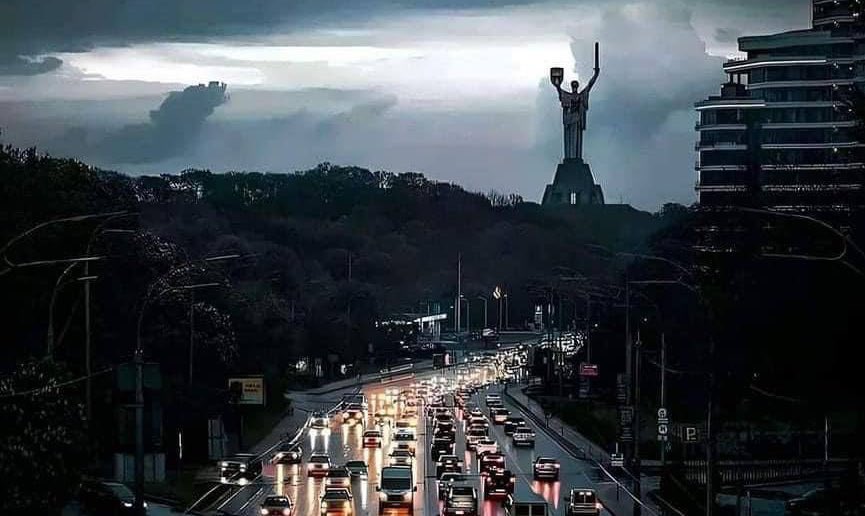
17/ This is important for Putin. Having told the Russian people, in the annexation declaration, that Kherson is part of Russia, Putin will need a story to justify the withdrawal and distract the domestic audience from it.
18/ Sixth, with less territory to defend and coupled with an influx of mobilised troops, Surovikin can rebuild battered combat and support units. He may also build operational reserves in the south or east.
19/ The locations to which withdrawn troops are deployed will also provide insights into their combat status as well as General Surovikin’s likely priorities for the winter and into early 2023. This consolidation might also prolong the war.
20/ A seventh point: this is a validation of Ukraine’s military strategy and the approach taken by its senior leadership. They are succeeding and the Russians know it. This will also provide a morale boost for Ukraine going into winter.
21/ Finally, now is NOT the time to force Ukraine into negotiations. The Russians might be weakened but they are not giving up on their territorial aspirations. They will have to be beaten on the battlefield and pushed out of Ukraine. nbcnews.com/politics/natio…
22/ Which is why the west should supercharge its provision of equipment (including tanks), munitions and training to Ukraine. We have a profound obligation to help the Ukrainians end this war more quickly.
23/ Other good assessments on this withdrawal include those from @RALee85 @massdara and @NLWartracker 




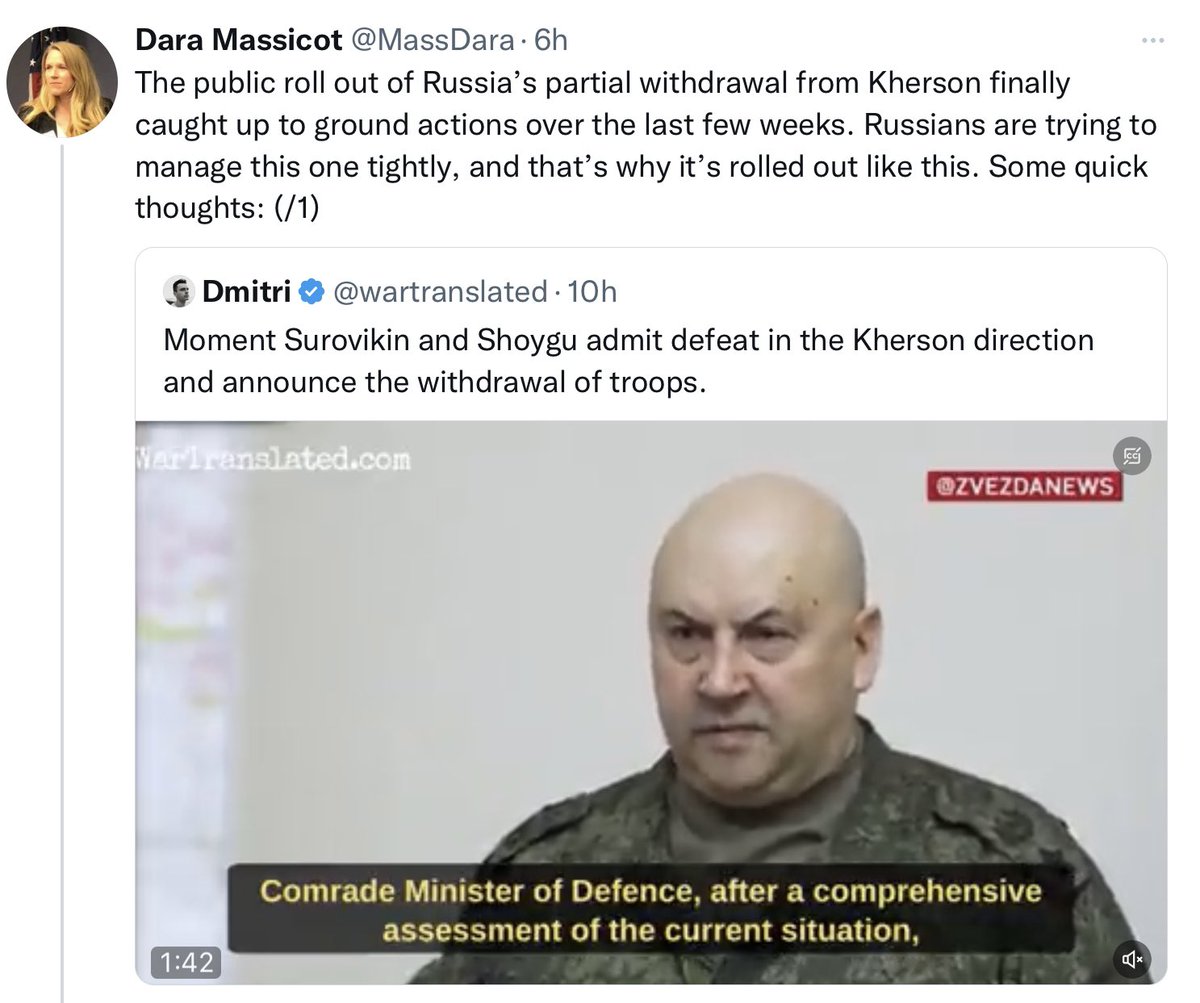
24/ There are still many uncertainties about this potential withdrawal by the Russians. And, it is a realignment of Russian forces, not a surrender. The Ukrainians have many more fights ahead of them to clear their lands of the Russian invaders. End. 
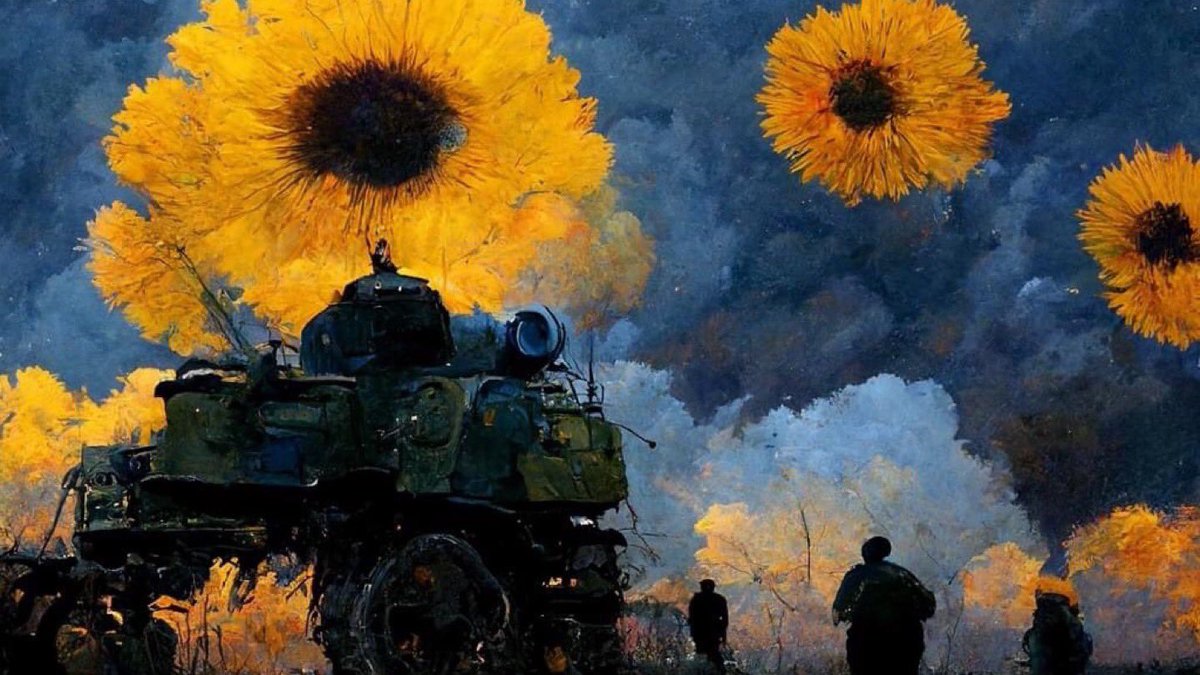
25/ Thank you to the following, whose images were used in this thread: @defmon3 @War_Mapper @IAPonomarenko @DefenceU @nytimes @COUPSURE
• • •
Missing some Tweet in this thread? You can try to
force a refresh






